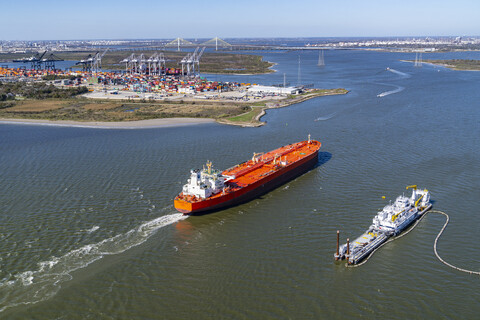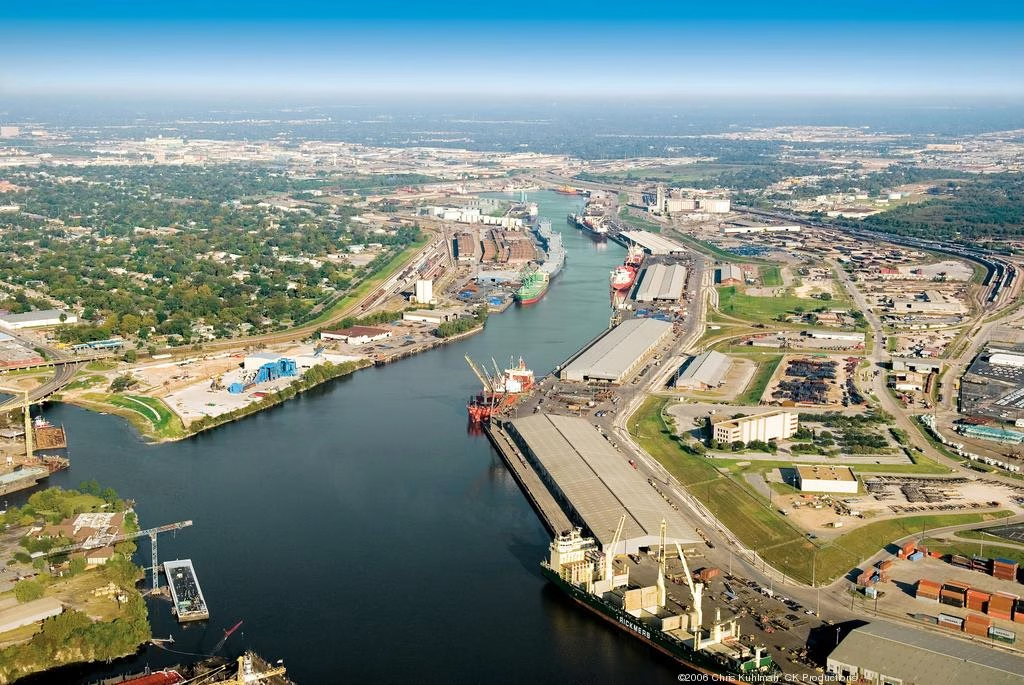The Port Houston authority has announced the completion of its portion of Project 11, a major dredging initiative aimed at widening the Houston Ship Channel. Work began in 2022 and covers the channel stretch from Bolivar Roads to Morgan’s Point. The channel’s width has been expanded from 530 feet to 700 feet, enabling improved two-way traffic and safer navigation. Local authorities say the expansion reinforces the region’s gateway role in U.S. trade and maritime infrastructure.
In parallel, beneficial-use work continues: dredged material is being repurposed to build marsh areas, bird habitats and oyster reefs in Galveston Bay. Meanwhile, tier-3 and tier-4 dredge engines equipped with scrubbers are expected to reduce nitrogen-oxide emissions by 3-7 percent. What’s more, the full project continues under the U.S. Army Corps of Engineers through to 2029, including channel deepening and environmental restoration efforts.
Project Factsheet
Project: Project 11 – Houston Ship Channel Expansion (Port Houston portion)
Location: Houston Ship Channel, Bolivar Roads to Morgan’s Point, Galveston Bay, Texas
Scope: Widening channel from 530 feet to 700 feet, 52-mile length served by the channel
Key benefits: Improved large-vessel access (15,000-17,000 TEU containerships), increased daylight transit hours
Additional Environmental features: Use of dredged material to create 10 acres bird habitat, 276 acres marshland, 324 acres oyster reef; emission reductions via modern dredging equipment
Significance of the project
This expansion signals a major infrastructural upgrade because the Houston Ship Channel handles both public terminals and over 200 private facilities. By widening the channel and improving vessel access, Port Houston strengthens operational efficiency and navigational safety. Moreover, the improved transit window (additional daylight hours) supports more flexible scheduling. It also reduces congestion, which is vital for major logistics hubs.

From a construction-industry perspective, the project adds considerable value beyond the immediate work. A comparable example is Sempra’s approval of the US$14 billion Port Arthur LNG expansion to double capacity, which highlights how large-scale energy infrastructure stimulates demand across marine, civil, and environmental engineering sectors. Additionally, civil-engineering, dredging contractors, marine-construction firms, and environmental-engineering specialists all have roles to play in such large-scale maritime works. The beneficial-use aspects—marshland, bird-island and reef creation—also drive demand for specialised environmental-construction services, opening opportunities for firms experienced in habitat restoration and coastal infrastructure.

